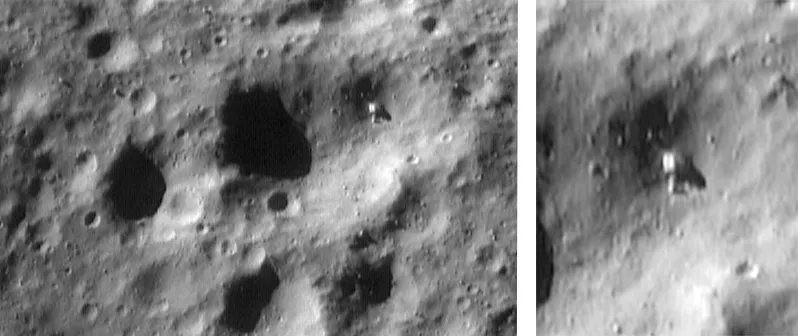This New Catalog of the Universe Contains, to the Best of Our Knowledge, One of Everything
If you want to find technologically advanced life, investigate the anomalies.
/https://tf-cmsv2-smithsonianmag-media.s3.amazonaws.com/filer/af/9e/af9e51cb-8ee5-4c7d-856b-8a727e142de7/eros_color.jpg)
Breakthrough Listen, an initiative launched five years ago to search for evidence of technologically advanced life in the universe, has published a new catalog called “Exotica” with 865 entries consisting of 737 distinct astronomical targets. Its aim, according to Brian Lacki at the University of California at Berkeley and a team of international colleagues, is to serve as a single list containing “one of everything.”
The idea is to represent the entire breadth of astrophysical phenomena, from distant galaxies to small objects in our own Solar System. It includes planets and moons, stars at every point of their life cycle, galaxies of various sizes, star clusters and quasars. A special emphasis is put on objects with extreme properties and on anomalies like “Tabby’s Star,” with its puzzling dimming behavior, and the interstellar object ʻOumuamua, which two years ago was suggested by some in the SETI community to be possible evidence of an extraterrestrial civilization.
Since we still have only a vague idea where or how to find such evidence, I think looking for anomalies is the way to go. This new catalogue seems helpful as a first step. Take, for example, Item P023 in the catalog, the asteroid 433 Eros, which recently sparked quite a bit of discussion in the German SETI community.
A Mars-crossing asteroid with a diameter of about 35 kilometers on its long axis, Eros might even have crossed Earth’s orbit in the distant past, and may do so again in the future. The NEAR Shoemaker space probe flew past the object in 1998, then photographed it extensively during its orbiting phase two years later. Among the many images it returned was the one below, showing an anomalously shaped object on the surface.

Daniel Gerritzen from the German SETI group took a closer look at that object and tentatively suggested it might be artificial in origin. The NEAR team estimated it to be 45 meters across and described it as a “rectangular boulder.” By Gerritzen’s calculations, it’s a little bigger than that—at least 74 meters long and nearly 20 meters wide.
The NEAR spacecraft was equipped with an infrared sensor, and if the object were indeed artificial, one would expect a different heat signature for the anomaly compared to its surroundings. But when NEAR completed a close pass, its infrared sensor unfortunately stopped working.
Of course, none of this means the object was created by intelligent extraterrestrials. We know that looks can deceive, the best example being the infamous “Face on Mars.” In early images, that structure had a strong resemblance to a human face, but upon closer (and higher-resolution) inspection, it turned out to be a perfectly ordinary mountain.
Most remote sensing experts and planetary geologists would take it for granted that the Eros image simply shows a rock formation. Right now, that’s a reasonable working hypothesis. But rather than stop there, we need to keep an open mind and investigate whatever seems anomalous, because that’s the way we make new discoveries. Breakthrough Listen’s new catalog at least gives us a starting point.
/https://tf-cmsv2-smithsonianmag-media.s3.amazonaws.com/accounts/headshot/Dirk-Schulze-Makuch-headshot.jpg)
/https://tf-cmsv2-smithsonianmag-media.s3.amazonaws.com/accounts/headshot/Dirk-Schulze-Makuch-headshot.jpg)